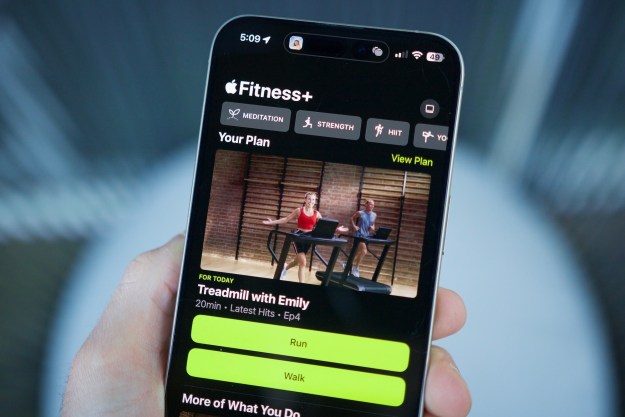
Before the big players like Samsung, Apple, and HTC were popular enough to act like divas, hosting individual events to launch new products, we would see half of the hottest new product unveilings in January at CES, and the other half the other half from February 25 and 28 at the Mobile World Congress (MWC).
Those days are long gone. Apple no longer goes to these events, preferring to host hyper-exclusive launch events on its own schedule and Samsung has followed suit, preferring to launch big name products like last year’s Galaxy S3 on its own terms. HTC did the same this week with the revamped HTC One, and big players like Amazon and Google are all hosting fancy press conferences to follow suit. Full-fledged divas … the whole lot of them.
But MWC lives on. This year, in particular, we’re expecting a lot of action from the likes of LG, Asus, Samsung, and Nokia, with a few wild cards thrown in for good measure.
What is the Mobile World Congress?
MWC is basically an excuse for a bunch of PR people to hawk the newest mobile devices to the public and various media outlets. It may sound diabolical, and it is, but the show gives us all a chance to glimpse the future of mobile technology so we can decide what to start saving up for later in the year.
MWC attracts about 1,500 exhibitors every year, making it the world’s largest mobile trade show. Last year, it brought 67,000 visitors to Barcelona, Spain – an 11 percent rise from 2011.
The show doesn’t focus solely on smartphones and tablets either; it is a forum for all things mobile, from contactless payments to augmented reality. This year the theme is the “New Mobile Horizon,” so we are hoping to see cutting-edge technology that extends passed the hardware.
Where does it happen?
This year, MWC has switched venues to the Fira Gran Via in Barcelona, Spain. The new space is double the size of the previous one at 240,000 square meters (up from 120,000) – adding an extra 24,000 square meters to the exhibition space. The jump in size explains why most heavy-hitters on the mobile team decided to skip CES in favor of MWC.
The extra room means more empty space to fill up with jazzy showcases or tantalizing demos. It’s also closer to the airport and has 270 additional Wi-Fi hotspots. Now maybe companies can quit blaming the media when product demos stutter.

It definitely seems like the new venue has made a huge difference to manufacturers. At its CES press conference, LG made it clear that the new Optimus devices would be waiting for MWC to make their debut; Samsung divulged similar information before CES even begun; and Asus was quoted multiple times hyping up MWC, saying the show would be “huge” for it.
Why does it matter?
MWC is unique because it is focused solely on mobile technology, this makes it a powerful platform for companies to show off the latest hardware. Plus, the mobile sector continues to grow and has almost eclipsed the personal computer, ushering in the post-PC era. This transition from plugged-in to unplugged means MWC keeps getting more and more relevant.
Last year, Microsoft used the Barcelona stage to toss Windows 8 into the wild. We also saw HTC announce the One X, One S, and One V to much acclaim, and Mozilla teased the beginning of its smartphone operating system, then called “Boot to Gecko.” Nokia launched the 808 PureView with a 41-megapixel camera using technology that was adapted for the Nokia Lumia 920.
This year Nokia will return, possibly with a Windows 8 tablet to show off. Samsung’s presence will be relatively light, and it will probably save its big products for a separate event. HTC will be present with the One in tow for some hands-on loving, as well, and LG plans to steal the spotlight with the already announced LG Optimus G Pro, a competitor to Samsung Galaxy Note 2. Sony may be launching a ginormous 6.44-inch phone so the competition is fierce. We are also expecting to see the first Firefox OS device, just a year after the project was announced.
Regardless of who shows what, we will be there giving it our all to bring you the latest and greatest from MWC 2013.
Images courtesy of catwalker/Shutterstock and laimagenlatente


